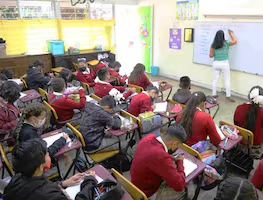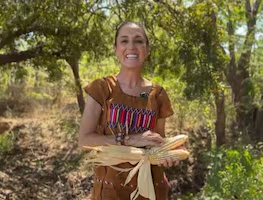Más Información

El primer megapuente de 2025 se acerca; ¿cuándo inicia y qué estudiantes tendrán descanso de 4 días?

Sheinbaum reitera protección a maíz mexicano; iniciativa enviada al Congreso rechaza siembra de trangénico

SIPINNA se suma a estrategia “México te abraza”; presenta recomendaciones para proteger niñez y adolescencia migrante

CEPL, en espera de orden del Tribunal Electoral; busca asumir proceso interrumpido del Comité del Poder Judicial

Tras sanciones de Trump a Colombia, Sheinbaum dice que hay que respetar a todos los países; “me tengo que informar bien para poder opinar”
Last Friday 16, Mexico's Seismological National Service registered a 7.2 quake at 17:39 hours, in the area close to the town of Pinotepa Nacional, located on the shores of the state of Oaxaca .
Mexico's Seismological National Service announced that, until the 6:00 hours of today, a total of 2,942 aftershocks of the February 16 earthquake have been registered, out of which the most intense (magnitude 6) woke up Mexico City inhabitants at 00:56 on February 19.
Oaxaca is one the of the states with the highest seismic activity of the Republic, accounting for approximately 25% of all quakes in Mexico.
The origin of this seismic activity is due, mainly, to the contact between two plate tectonics, the Cocos Plate and the North American Plate . The interaction between both plates occurs on the Pacific coast, all the way from Jalisco to Chiapas.

Earthquakes are recurrent phenomena which take place when enough stress has accumulated at the contact area ( subduction zone ) of the plates and needs to be released.
However, we have to remember Mexico as a whole, not only Oaxaca, is considered to be a country prone to quakes due to the interaction of five plate tectonics: the Cocos Plate, the North American Plate, the Pacific Plate, the Rivera Plate, and the Caribbean Plate.
am





